Sumatran GPS Array (SuGAr)
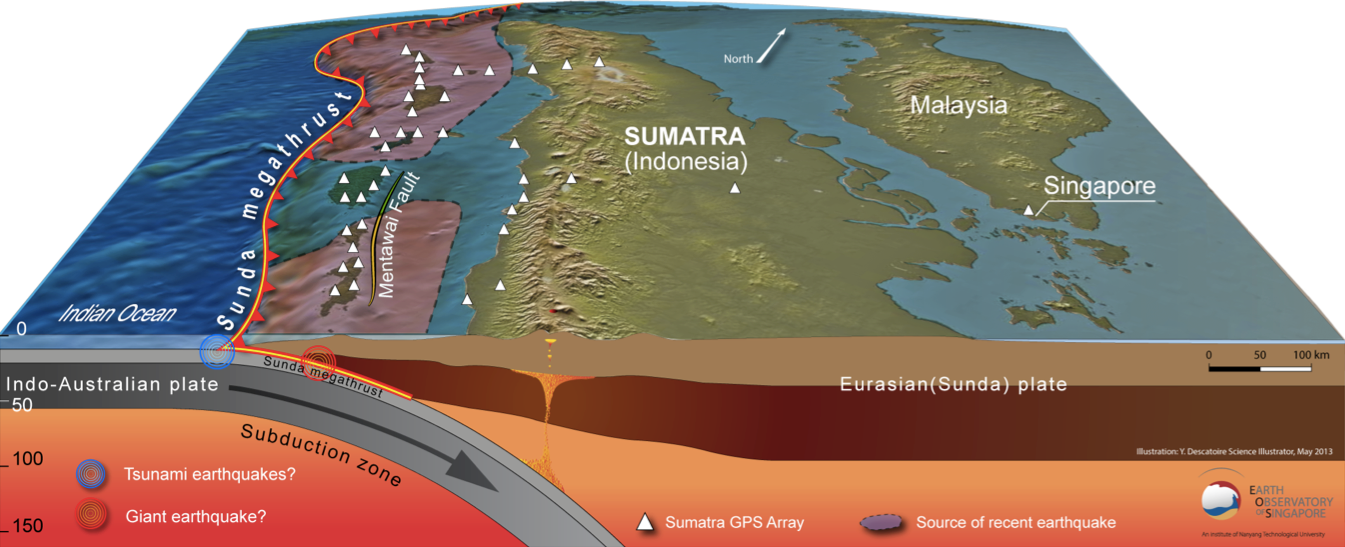
The Sumatran GPS Array (SuGAr) spans more than a thousand kilometres of the convergent plate boundary between Indo-Australian and Asian tectonic plates. With 49 GPS stations, this network provides a wealth of information on the Sunda megathrust and the Sumatran fault.
This array has particular scientific value for three reasons:
- Numerous GPS stations are located on islands that directly overlie the locked sections of the Sunda megathrust: they are perfectly situated to record interseismic, coseismic and postseismic deformation of the upper part of the subduction zone, which is unique in the world.
- SuGAr geodetic data complement centennial and millennial paleoseismologic time series collected from coral micro-atolls in the same locations. SuGAr data can therefore be inserted into the context of several earthquake cycles.
- Several great earthquakes have occurred along the Sumatran margin since the network has been implemented. SuGAr thus provides a great opportunity to understand pre- and post-seismic behaviour of the megathrust by monitoring tectonic deformation above it.
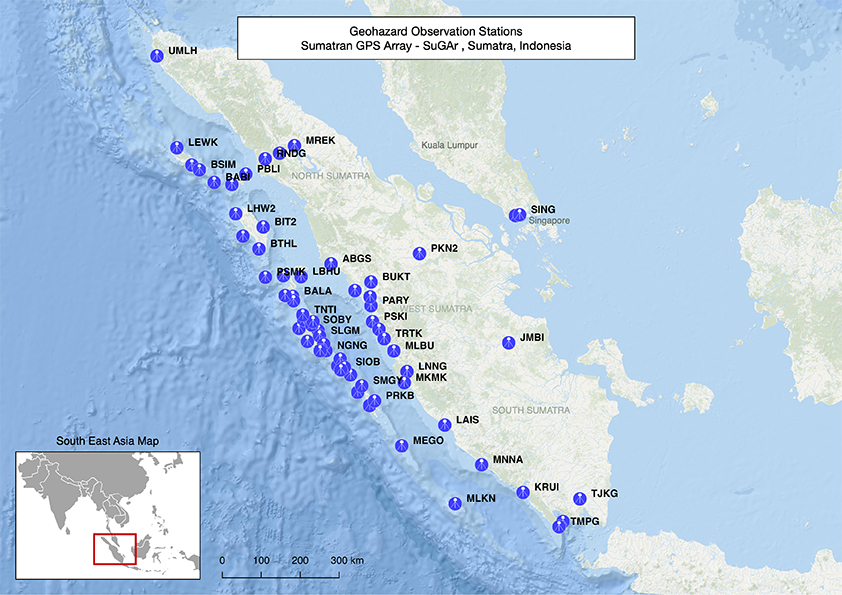 Map of Sumatran GPS Array (SuGAr) in Indonesia
Map of Sumatran GPS Array (SuGAr) in Indonesia
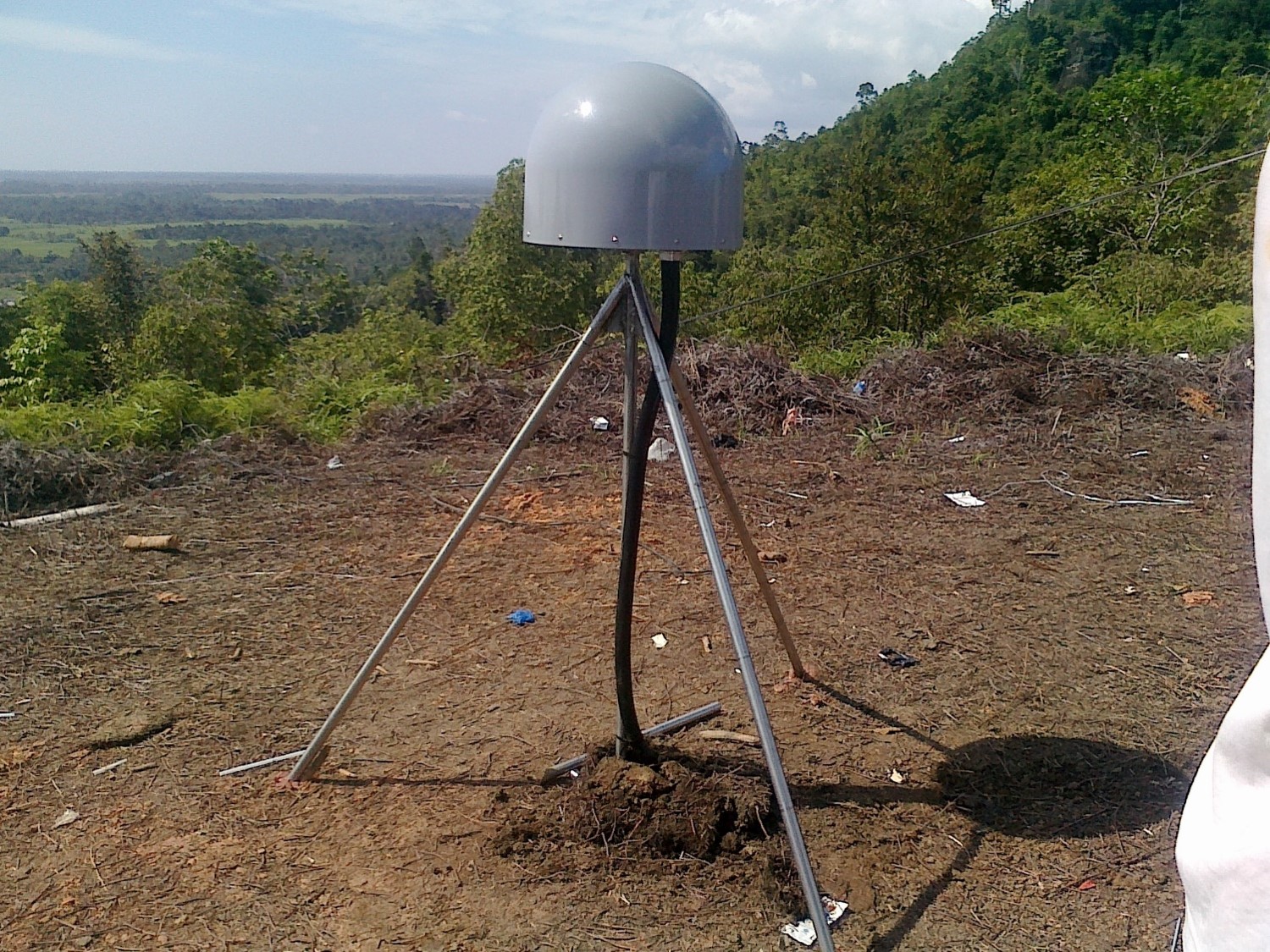
TRTK GPS Station
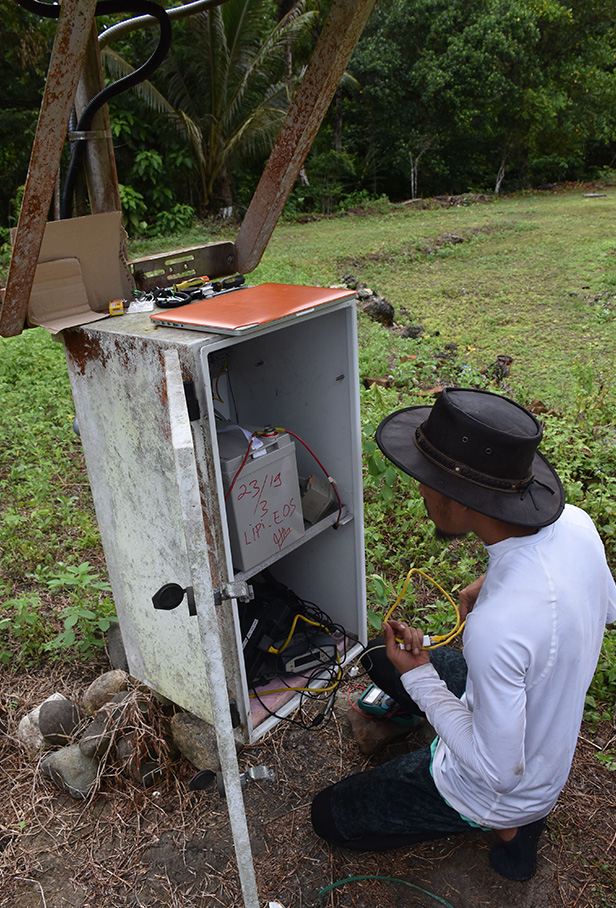
Dr Iwan Hermawan checking on the instrument box during the SuGAR maintenance trip in 2019 (Source: Iwan Hermawan)
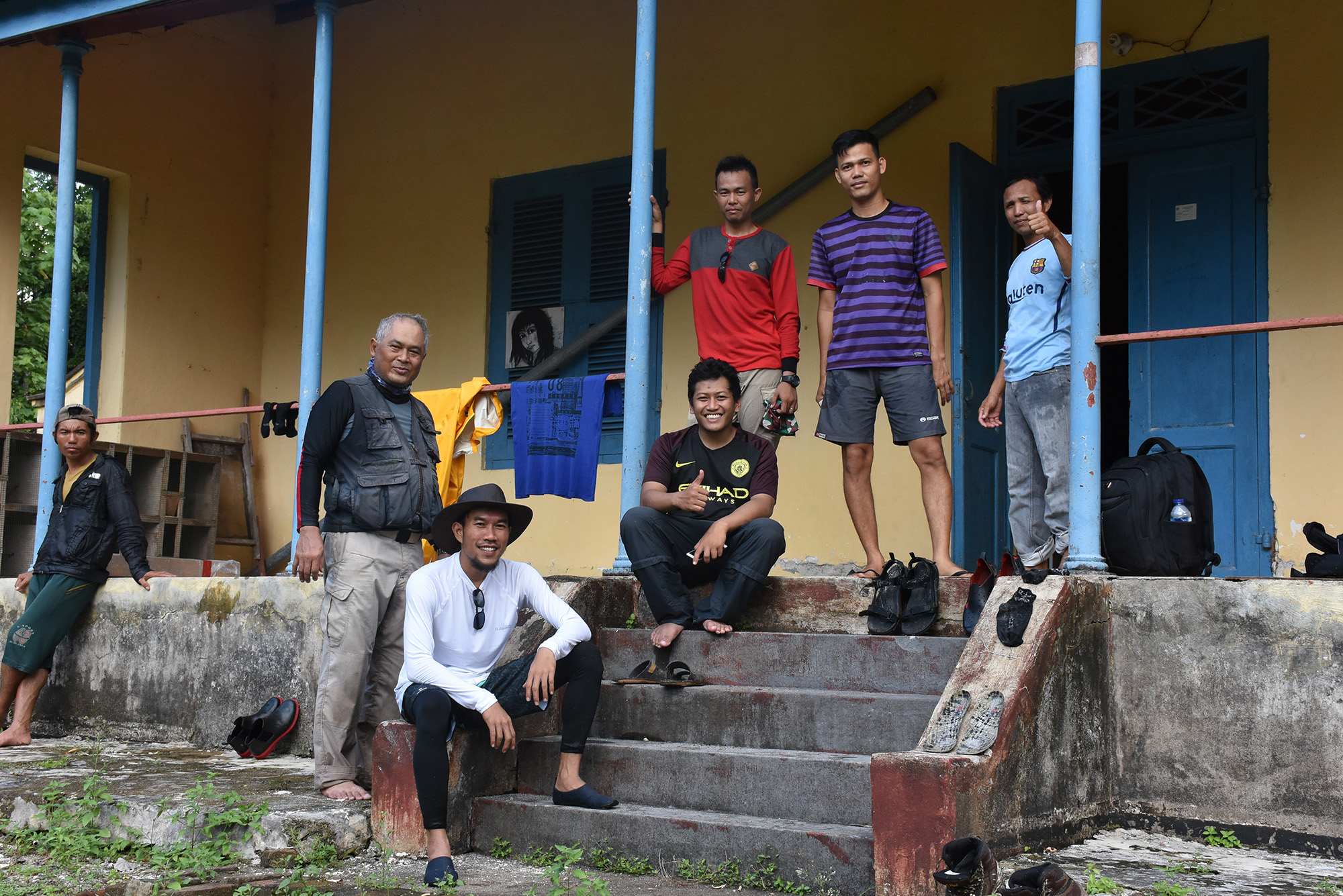
Dr Iwan Hermawan with local staff after a maintenance field trip to Sumatra, Indonesia in 2019 (Source: Unknown)
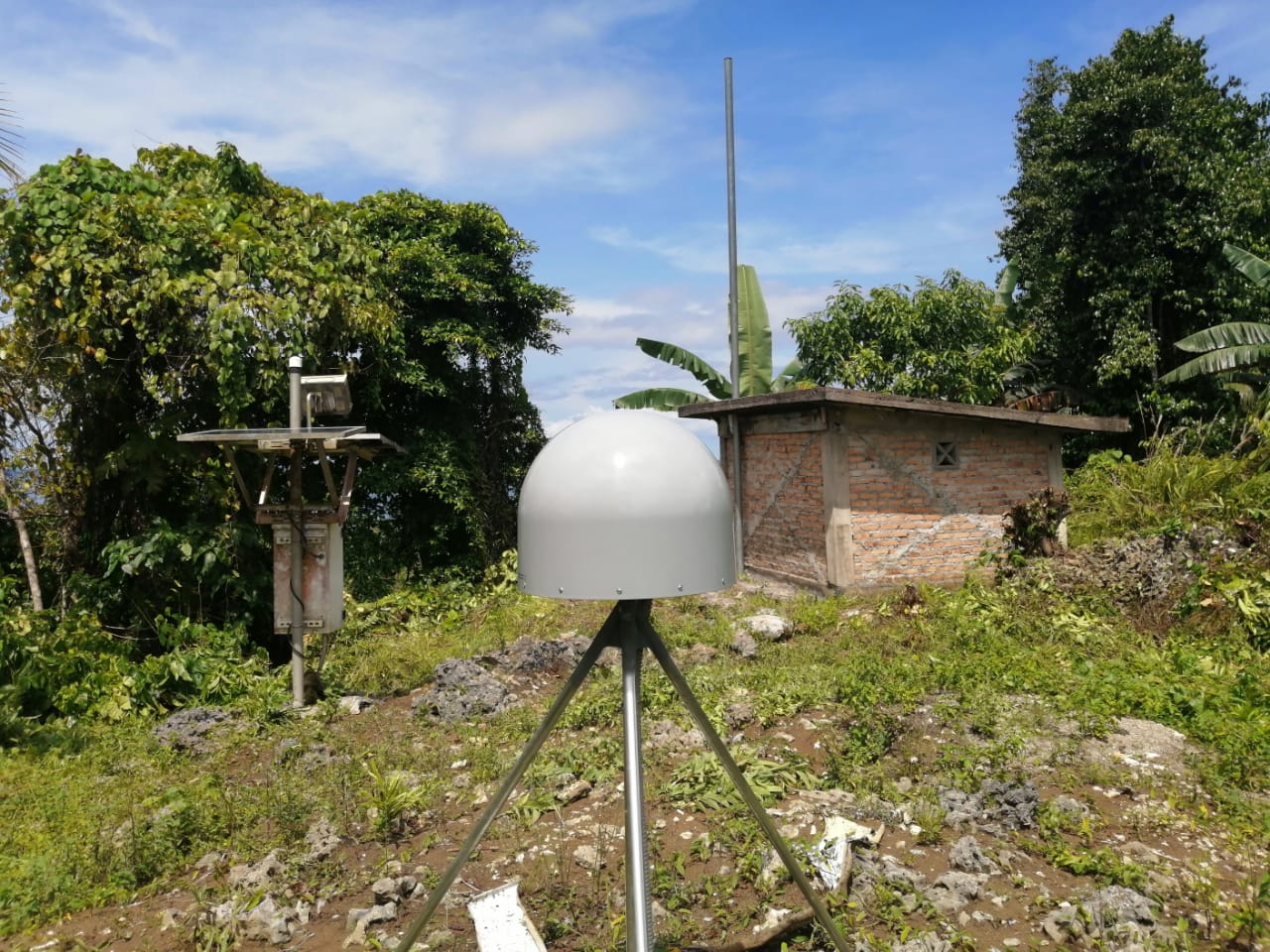
A GPS station in the Mentawai islands, Indonesia in 2020 (Source: Iwan Hermawan)
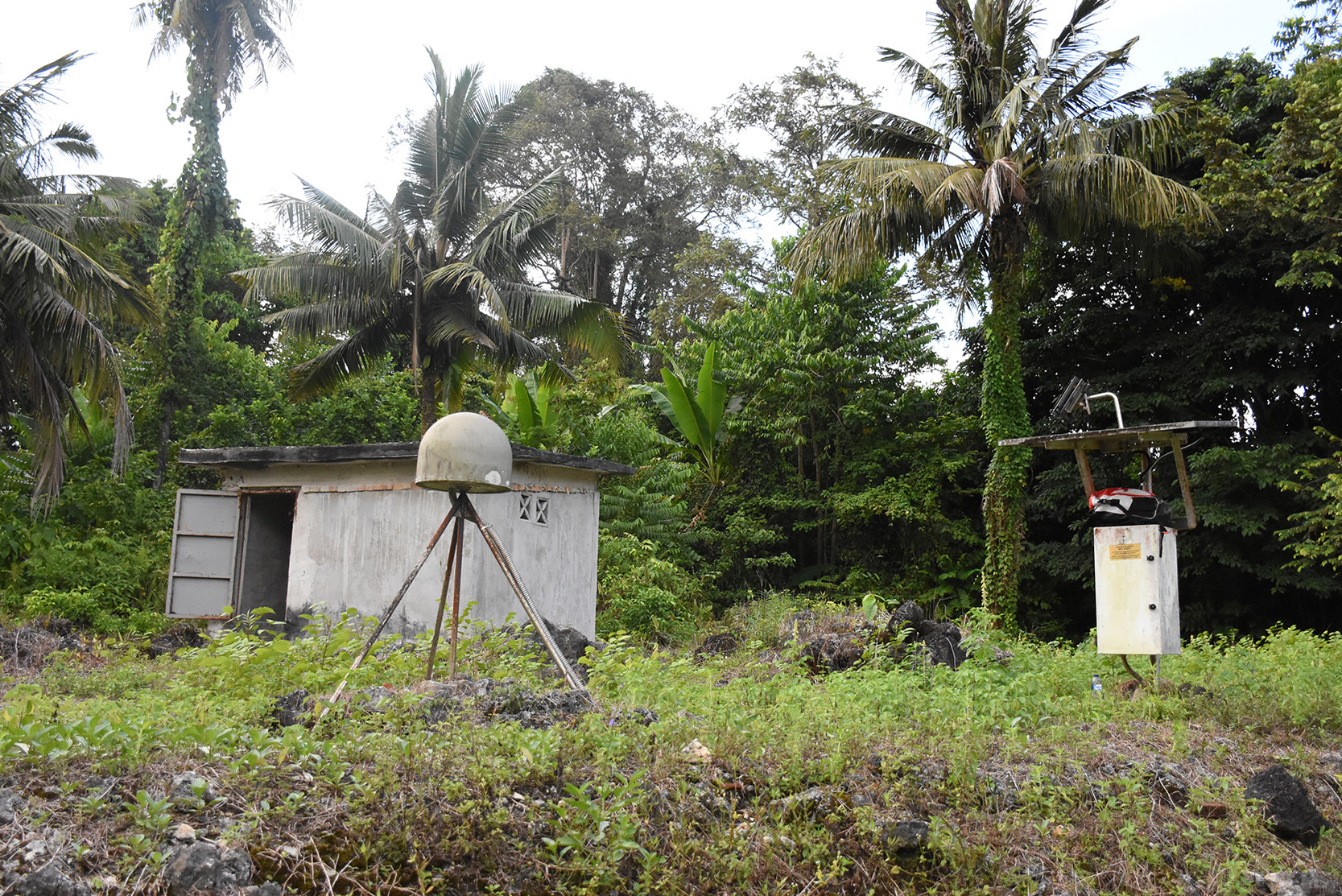
A GPS station in Bojo island, North Sumatra, Indonesia (Source: Unknown)
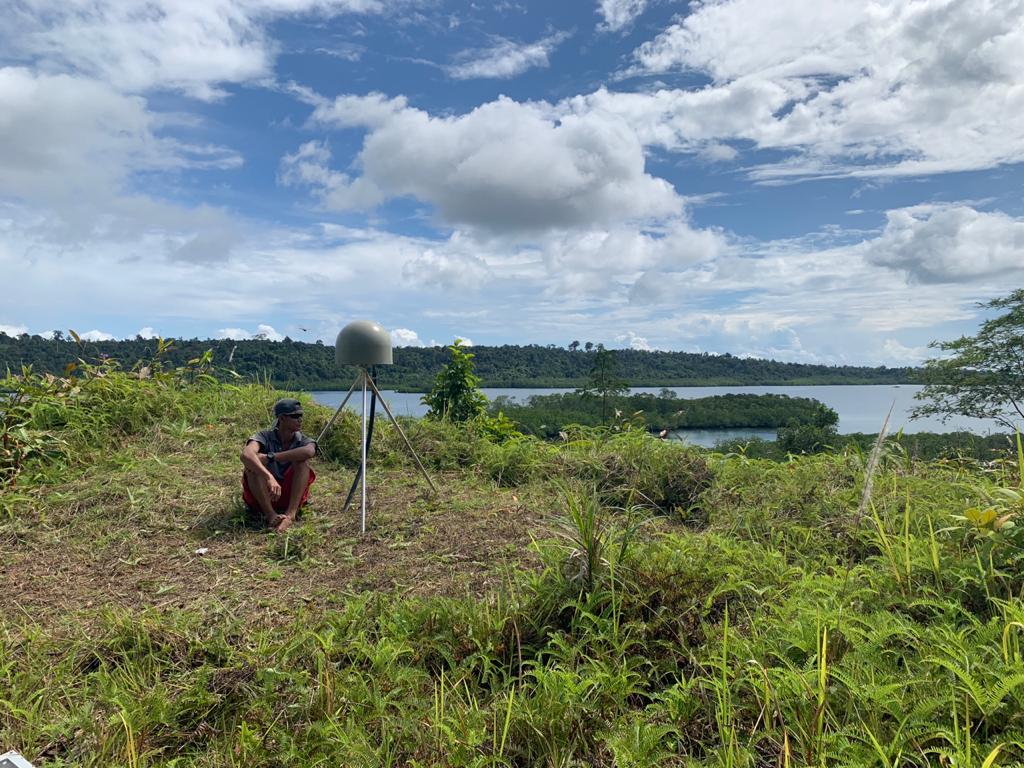
A local engineer with GPS antenna at a GPS station on Siberut island, Indonesia in 2019 (Source: Iwan Hermawan)

Local engineers installing new solar panels during the 2019 SuGAR maintenance field trip (Source: Iwan Hermawan)
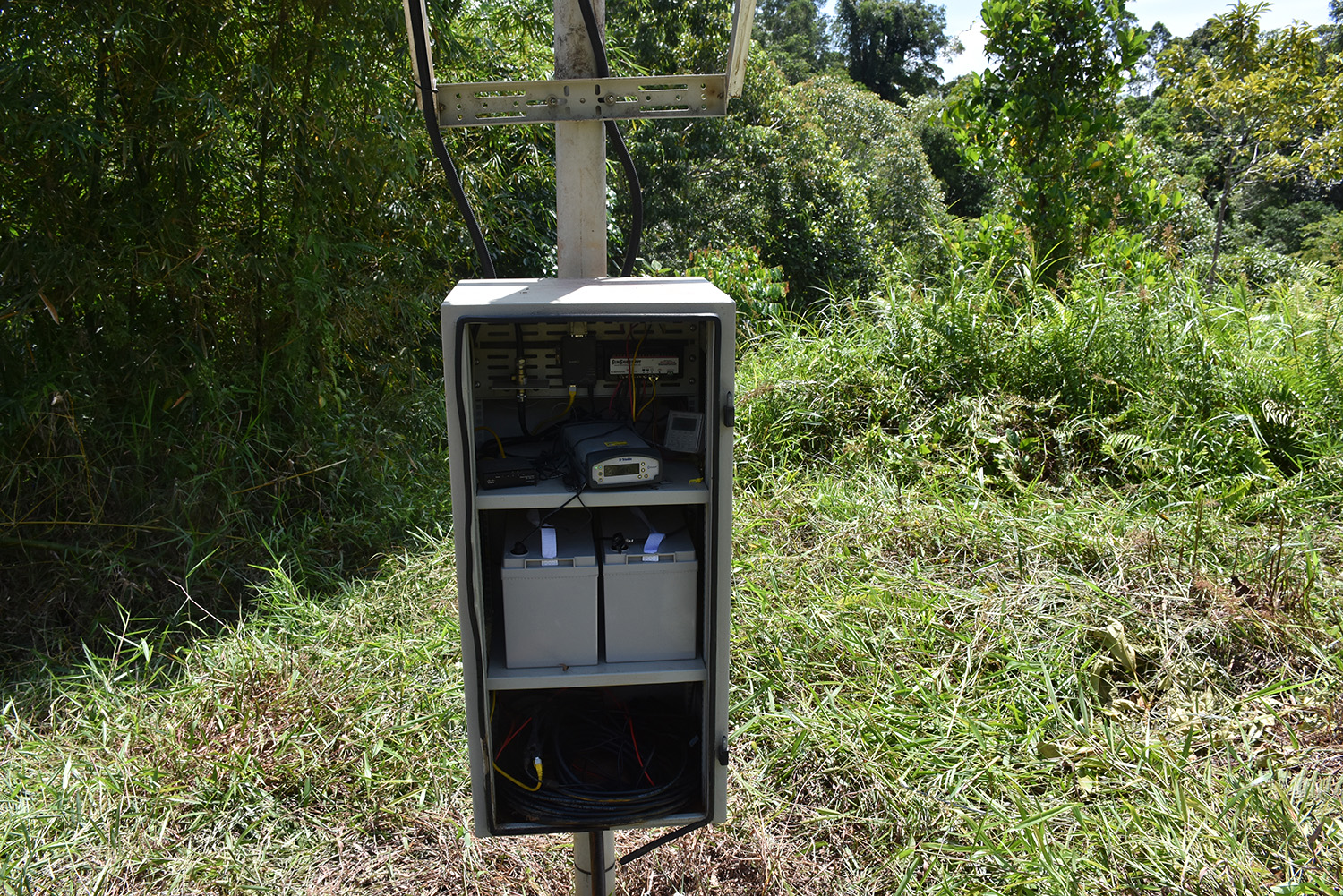
Inside a GPS station instrument box, SuGAR maintenance field trip, 2019 (Source: Iwan Hermawan)
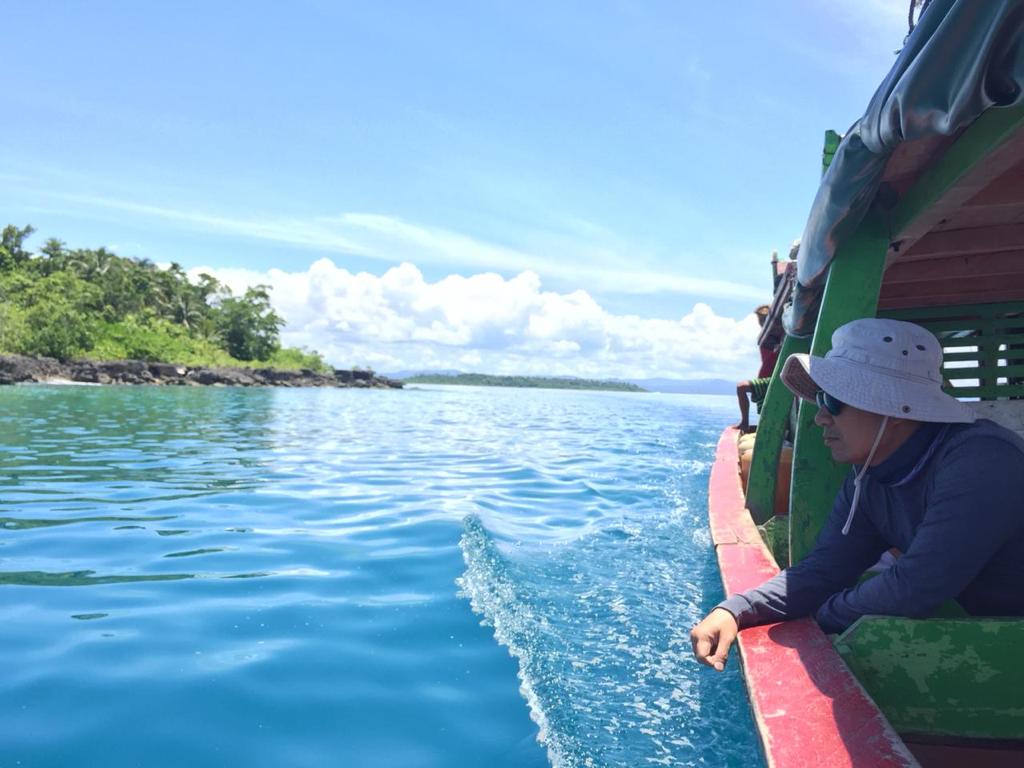
Dr Dannie Hidayat on a boat to the Mentawai Islands, Indonesia in 2019 (Source: Iwan Hermawan)